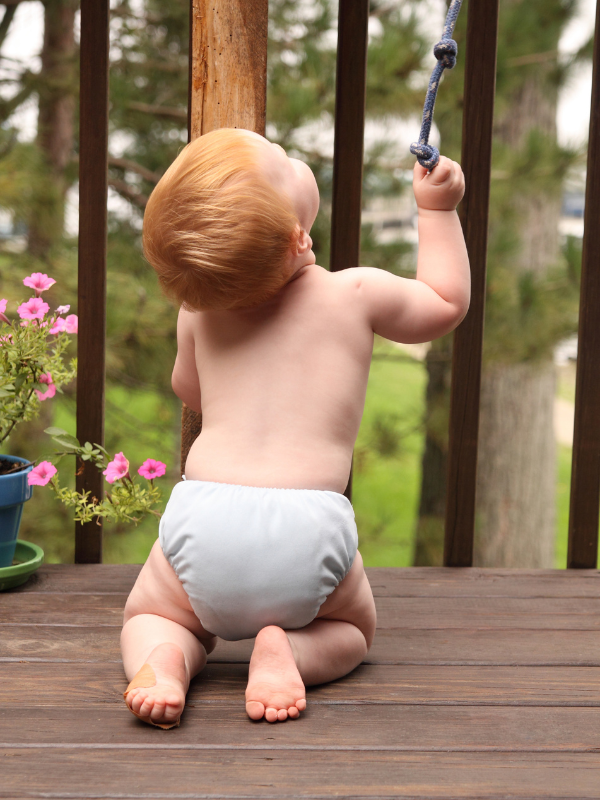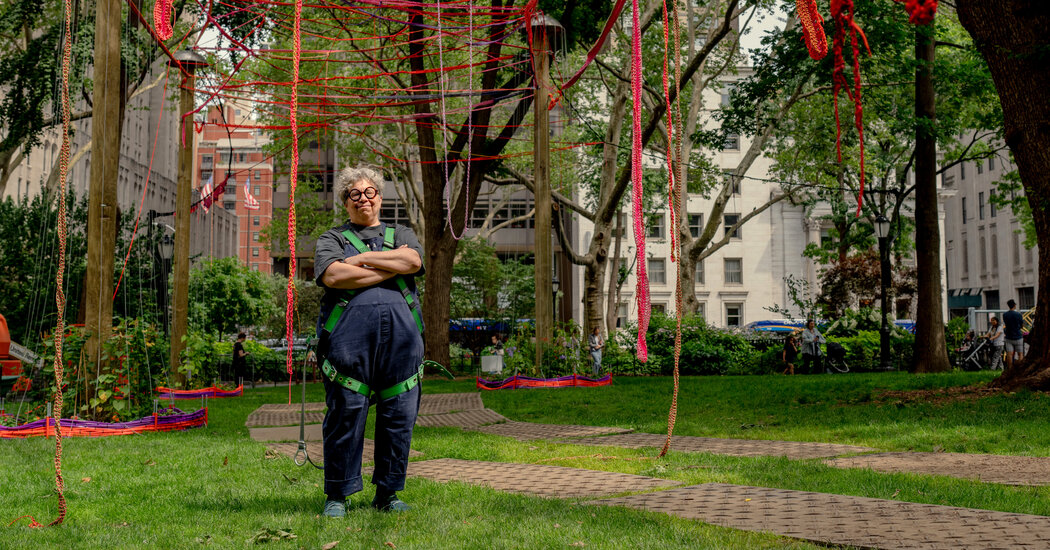[ad_1]
What are the Major Problems with Diapers?

Diapers lock your toddler’s urine in gel form and provide comfort to your kid. Your baby will spend almost 2-3 years in diapers. But prolonged exposure to diapers can trigger adverse skin conditions for your baby. The most common is diaper dermatitis. Disposable diapers also have synthetic materials, which are not readily biodegradable.
Things to Check In Order to Choose The Best Eco-Friendly Diaper

Buying the correct diaper will take some browsing. However, you can keep track of a few factors while doing this.
The main thing to consider when shopping for baby diapers is the material they are made of. But unfortunately, not all materials are created equal.
Some materials can be harsh on your baby’s skin and cause irritation or rash-like symptoms.
Some of the most common materials that you’ll find in eco-friendly baby diapers are:
Hemp
Hemp is a natural fiber grown in many parts of the world. It’s very absorbent and breathable, which makes it an ideal material for baby diapers. It’s also hypoallergenic, so it doesn’t irritate sensitive skin as cotton does.
Bamboo

Bamboo is another natural fiber that grows fast and has excellent moisture-wicking properties. This makes it a perfect choice for eco-friendly baby diapers because it won’t absorb moisture as quickly as other types of materials would.
Disposable Diapers vs Cloth Diapers

Babies grow up very fast, so you need to make quick decisions regarding diaper sizes. Adjustable options will save you from such a crisis. Keep this in mind:
● If the disposable diaper becomes tight, it will irritate the baby
● Cloth diapers have an advantage in terms of adjustment
● Cloth diapers are better designed
● The waterproof waist and leg bands prevent any leakage
● You will have to change it often as it absorbs less than disposable diapers.
You have two main options to choose the right diapers-disposable and cloth. Both come with pros and cons.
The Cons of Disposable Diapers

● Try to get eco-friendly baby diapers. It is a must if your baby’s skin is sensitive. These will protect them from rashes.
● Check whether the diaper is breathable or not. When a baby spends long hours in it, it increases the chances of rashes. Breathable diapers lessen the possibility of skin irritations.
● Dyes and gels will irritate your baby. Check how friendly the product is with regard to this.
● Disposable diapers often contain sodium polyacrylate or SPA. This is the crystallized gel. This is a harmful component; sometimes, it may come out of the diaper and stick to your baby’s private parts. This is not a good sign. Visit your pediatrician immediately.
● Dioxin is another component of disposable diapers. In the US, it is not banned and is carcinogenic. Dioxin causes skin irritation and other diseases in lab animals. It is better to avoid a product that has this chemical.
● One major problem of a disposable diaper is it contains phthalates. This disrupts endocrine circulation by mimicking human hormonal behavior. Phthalates send false signals to the body.
The Pros of Cloth Diapers

Cloth diapers come in several variants. Wool, cotton, flannel, and hemp are some common choices. Flannel diapers absorb more than others.
● Soft textured diapers provide better comfort.
● More adjustable. This means you do not have to buy it often.
● Natural diapers are a trend now.
5 Steps to Choose The Best Eco-Friendly Diaper
Choosing the right diapers for your baby can be a daunting task. There are so many different options out there, and it can be hard to know which diapers will be the most effective for your child.

To help you get started, here are some tips on how to choose eco-friendly baby diapers:
1. Consider the price
The price of a diaper is one way to determine how effective it is at keeping moisture away from your baby’s skin. It would be best if you always choose affordable diapers that are still effective at keeping your child dry and comfortable. If you have an older child or are expecting another child soon, consider buying reusable diapers instead of disposable ones to save money in the long run.
2. Determine if your child has sensitive skin
Another thing to consider when choosing eco-friendly baby diapers is whether your child has sensitive skin or not. Some types of organic cotton are better suited for sensitive skin than others because they don’t contain any chemicals that could aggravate the condition.
3. Ensure they are Chemical free
It should also be chlorine free so that it doesn’t contain harmful chemicals that can cause skin problems or allergies for your baby.
4. Verify if they are fragrance-free

It should also have no added fragrances or dyes which can irritate sensitive skin or eyesight (and may cause allergic reactions).
5. Consider the diaper’s features
It’s essential to choose a diaper that can fulfill your child’s needs. The diaper should contain crucial features like a wetness indicator, absorbent, and soft and breathable. It is not just the style of the diaper that matters but also its fit.
Which Diapers Are The Best For the Environment?

The environmental impact of a baby’s diaper depends on many factors. The main factor is the type of material used in the diaper, such as cotton, hemp, or other natural fibers. From this perspective, cloth diapers are better for the environment.
Other factors to consider include production methods and waste management. For example, suppose a company uses an organic cotton diaper and recycles all of its waste. In that case, it will have a lower environmental impact than one that uses non-organic cotton. The same goes for the recycling process: if a company recycles its plastic bottles at home and does not send them to China for reprocessing, then it will have less pollution than another company that does not do so.
There are also other ways to reduce your baby’s environmental impact. For example, buying cloth diapers is better for the environment than buying disposable ones because they do not contain plastics or chemicals like chlorine bleach—which can pollute local water sources when disposed of improperly after use (or even worse!).
Often we advocate for reusable products. But, the chart becomes a bit problematic when it comes to washing it regularly.
7 Key Facts About the Environment and Diapers

- Manufacturing disposable diapers require a lot of wood and chemicals.
- Disposable diapers are not fully biodegradable.
- Since disposable diapers are not fully biodegradable, they clog the drainage systems and form a massive part of the landfill.
- Cloth diapers are not blameless. They are reusable but use a lot of water in the process.
- The resultant water from cloth diapers is impure.
- The washing process of cloth diapers increases electricity consumption.
- Cloth diapers require constant changing, unlike disposable diapers.
Statistical Inputs About Eco-Friendly Diapers
Using disposable diapers means buying around 2500 diapers during the first year of life. The same amount of cloth diapers will serve approximately 80 families and more. You can recycle cloth diapers later as rags. But its water consumption is high to facilitate cleaning. Not to mention, you need to change cloth diapers much more frequently than disposable ones. From an environmental perspective, bamboo diapers take way less time to decompose. It can be as little as 75 days versus 500 years for traditional diapers.
5 Steps to Choose The Best Eco-Friendly Diaper: To Sum it Up

Better innovations take place every day and impact the disposable diapers industry on a positive note. Companies try to make these products as environment-friendly as possible. To reduce the health effects and adverse environmental influences and balance it with your convenience, you can use both till something better comes out.
If you enjoyed this article, please consider sharing it with others!
You can also stay in the loop and follow us on Facebook, Instagram, or Pinterest.
You may also be interested in reading the following articles:
25 Healthy Snack Ideas for Toddlers That Will Keep Them Happy
5 Best Word Games to Play to Make Learning Fun
35 Best Snacks for Hospital Bag for Mom ( & Dad ) for Labour Day
Babyproofing Checklist: 6 Steps to Quickly Childproof Your Home
The Ultimate Busy Mum Nutrition Guide for Healthy Living
Britax Advocate vs Boulevard vs Marathon – Which One Is The Best?
Similac Advance vs Pro Advance: All Differences Explained
25 Best Practical Gift Ideas For New Dads (for Every Budget)
21 Diaper Bag Essentials: What to Pack in a Diaper Bag?
Air Purifier vs Humidifier for Baby: All Differences Explained
[ad_2]
Source link



